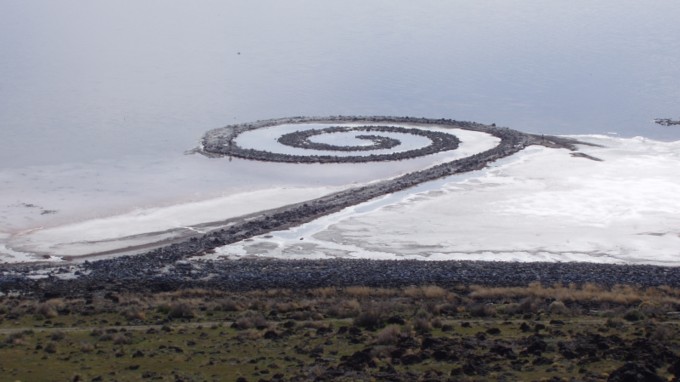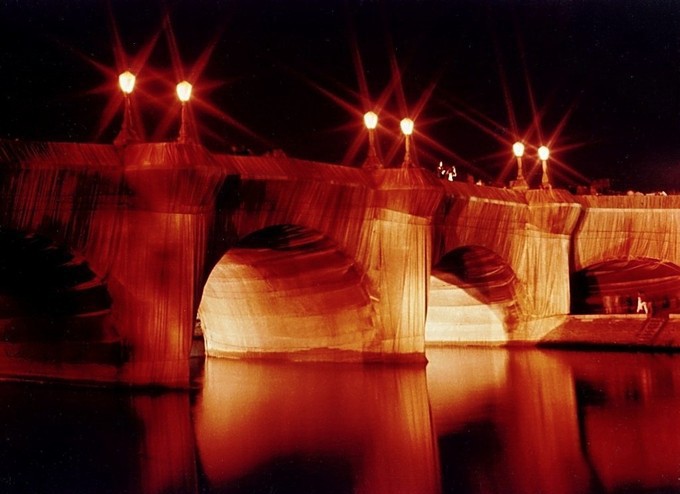8.2: Earth Works
Land Art and Earth Art (https://boisestate.pressbooks.pub/arthistory/chapter/modern-to-postmodern/)
Land art, earthworks (coined by Robert Smithson), or Earth art is an art movement in which landscape and of art are inextricably linked, so in this way it is site-specific. It is also an art form created in nature, using organic materials such as soil, rock (bed rock, boulders, stones), organic media (logs, branches, leaves), and water with introduced materials such as concrete, metal, asphalt, or mineral pigments. Sculptures are not placed in the landscape; rather, the landscape is the means of their creation. Earth-moving equipment is often involved. The works frequently exist in the open, located well away from civilization, left to change and erode under natural conditions. Many of the first works of this kind, created in the deserts of Nevada, New Mexico, Utah or Arizona, were ephemeral in nature and now only exist as video recordings or photographic documents.
Robert Smithson (January 2, 1938 – July 20, 1973) was an American land artist. His most famous work is Spiral Jetty (1970), a 1,500-foot long spiral-shaped jetty extending into the Great Salt Lake in Utah constructed from rocks, earth, and salt. It was entirely submerged by rising lake waters for several years, but has since re-emerged.

Christo Vladimirov Javacheff and Jeanne-Claude, known as Christo and Jeanne-Claude, are a married couple who created site-specific environmental works of art. Their works nearly always entail wrapping a large area of space or piece of architecture in a textile, and include the wrapping of the Reichstag in Berlin and the Pont-Neuf bridge in Paris, the 24-mile (39 km)-long artwork called Running Fence in Sonoma and Marin counties in California, and The Gates in New York City’s Central Park. The purpose of their art, they contend, is simply to create works of art for joy and beauty and to create new ways of seeing familiar landscapes.

Please Read and Explore
Ana Mendieta https://www.guggenheim.org/artwork/artist/ana-mendieta
Christo & Jeanne Claude Running Fence https://christojeanneclaude.net/artworks/running-fence/
James Turrell Roden Crater https://rodencrater.com/about/
Antonia Rigaud, “Disorienting Geographies: Land Art and the American Myth of Discovery”, Miranda [Online], 6 | 2012, Online since 28 June 2012, connection on 18 May 2022. URL: http://journals.openedition.org/miranda/2955; DOI: https://doi.org/10.4000/miranda.2955

